These days, buying a new power tool is all about getting the best “bang for your buck.” The best quality for the lowest price is usually the driver for purchase, but what about the components of the tool? Frame material is certainly a factor, that we have covered in What Your Tools are Made Of, but what’s really making the tool “go” is the motor. When comparing tools today, two common motor types are available, brushed or brushless. How do you choose? Well, let’s take a closer look in The Difference Between Brushed and Brushless Motors.
The Difference Between Brushed and Brushless Motors Overview
Motors are generally the component that either makes the tool last forever or falter after a good bit of use. For good reason, motors are split up into two very important classifications based on build type- brushed, or brushless. These terms probably look familiar for one of two reasons. Either you’ve taken in the sticker shock of a tool branded with “brushless”, or you’ve read the fine print on another tool and noticed the description mention that it’s brushed. It goes without saying that brushless motors are sought after in the tool industry because of their longevity.
Milwaukee Tools generously provided the two drills used in this article, thank you Milwaukee! We took a look at the Milwaukee 2606-20 and the Milwaukee 2801, both models are available at The Home Depot.
The Difference Between Brushed and Brushless Motors – How Do Motors Work?
At a glance, a typical motor found in a power tool is made up of a few common components. Even though it just looks like a cluster of metals, wires, and gears there is really more to it. Basically, it comes down to some wire, magnets, a shaft, a motor housing, and in some cases, a bearing. Looking at the motor of a power tool can sometimes appear confusing, but look again. Other than some key components that distinguish brushed vs brushless, it’s easy to identify these parts. Once you understand the basic idea, the concept that separates a brushed motor from a brushless will be very easy to understand.
At a high level, motors essentially convert electricity to mechanical rotation. By way of our batteries, magnetic fields are fed. These magnets do the work that gets us our mechanical force, or energy. The magnets in the motor will be repelled when supplied with power. Doing this causes the magnets to spin rapidly, causing the shaft to rotate. In essence, motors are just a bunch of really angry electrified magnets stuck in a really small space. The magnets are given plenty of voltage from our batteries and don’t want to be around each other. Naturally, this causes them to move quickly, allowing us to build things. Simple, right?
The Difference Between Brushed and Brushless Motors – How Do Brushed Motors Work?
So now that you know how motors work, regardless of type, let’s look at how a brushed DC motor operates. The brushed motor has a permanent magnet on the outside, sometimes also serving as the motor housing. This stationary magnet repels the inner magnet, also referred to as the rotor, which is attached to the shaft. The shaft also houses a commutator- the device responsible for collecting current.
As the magnetic field causes the rotor to spin, the commutator is being fed current by the brushes. The brushes, often made of carbon, lightly “brush” against the commutator, giving a constant flow of electricity from your power source. Makes sense now, right?
Pros of Brushed Motors
First and foremost, they are cheap! Brushed tools typically come in significantly less expensive than a brushless tool. In most of my recent observations, the brushed version of the same exact brushless tool is around 50% of the price. No matter who you are, that’s pretty convincing! For most homeowners and DIY’ers, the brushed motored tool is a great option because of the price vs the amount of abuse the tool will take. Contrary to that last bit about abuse, plenty of pros have run brushed motors for years without a single hitch. I’ve got a few myself that have outlived their expectancy.
One of the other great things about brushed motors is their ability to be repaired easily. To a consumer that believes in having tools that can be serviced, this is important. If your brushes go bad, swapping them out is as easy as opening the case of the tool, and soldering on new ones to the leads that provide the current. The brushes sit loosely in the casement next to the motor, which makes for an easy swap.
Cons of Brushed Motors
When looking at how this type of motor works, there are obviously some reasons why one would prefer not to go brushed. The first reason is the lifecycle of the motor. Those brushes go through a lot of contacts, as they are designed to do. As wear continues, the surface contact can diminish, and affect the performance of the tool– leading to an often untimely retirement of a brushed power tool.
Another reason that keeps some away from a brushed motor is the heat factor. The permanent magnet gets rather hot after moderate periods of operation. This heat can have adverse effects on the tool, and if bad enough, can even melt the inside of the tool frame. Overheating of brushed motors happens often if not monitored during use.
The Difference Between Brushed and Brushless Motors – How Do Brushless Motors Work?
Unlike a brushed motor, a brushless motor is “smart”, in a sense.
Your brushless motor will have a printed circuit board, or “PCB” with an intelligent controller, AKA the “IC.” This IC tells the motor- as a whole, all of the information needed to run. Now, like a brushed motor, we still need magnets in order to operate, but the fields are controlled by the IC. The IC is helped out by a key component that tells the IC the voltage difference of the magnetic field. This component is called a Hall-Effect sensor. With these components in mind, the action of the motor goes like this- first, voltage is supplied to the coils and outer “strator” magnets.
This magnetic field is monitored by the hall-effect sensor located on the rear part of this motor. As the field supplies current to the rotor and accompanying shaft, housed in place by a bearing. Ultimately, the output is mechanical energy, and no brushes are needed. Pretty simple!
Pros of Brushless Motors
First of all, they have a longer lifecycle. There are no brushes to wear out, which leaves little worry that a motor will fail. On that same sentiment, there are fewer parts involved, which lowers the probability of failure. Other than lifespan, the brushless motor’s hall-effect sensor measures voltage and controls the speed of the motor much more efficiently than a brushed motor. This makes for a more efficient tool overall, saving you a substantial amount of battery life on cordless tools, and a lower power usage on corded tools.
To top things off, the reduction of friction makes for a “cooler” running motor. The friction on brushed motors can sometimes cause motors to get dangerously hot, and fail. Now, this doesn’t mean you can’t overheat a brushless motor- you certainly can. But with the reduction in overall friction, and heat sinking technologies, your brushless motors certainly aren’t as hot-headed as a brushed motor.
Cons of Brushless Motors
To me and most, there aren’t many cons. However, for most buyers cost is the most popular drawback of a brushless motor. The difference is definitely large too, don’t expect to get a brushless tool that is easy on the wallet unless you find a great sale. Quite honestly, the reasoning behind the price is pretty warranted as well. The above circuitry involved with motor, such as the IC, sensors, and PCB, as well as the development of the tool, accounts for the extra change that’s charged. Notice how tightly all of this needs to fit into the tool frame as well! Plenty of engineering is involved in this process.
The Difference Between Brushed and Brushless Motors – Conclusion
Ultimately, it’s an important purchase decision when looking at a brushed vs brushless tool. Being a DIY’er, homeowner, or pro actually has little to do with it. As mentioned before, there are plenty of pros running brushed tools that last years and years. With this being said, the care of the tool is important. Running a brushed tool harder than you should, leading to excessive heat is never a good idea, and is one of the most frequent “causes of death.” One thing is for sure, brushless tools will always be thought of as the hot rod compared to the brushed tools. The real question is, what do you prefer?
Thank you again to Milwaukee for supporting our vision by providing the tools for this article. Have any other topics you want us to cover here at Tools In Action? Be sure to leave us a comment and lets us know your top tool questions!

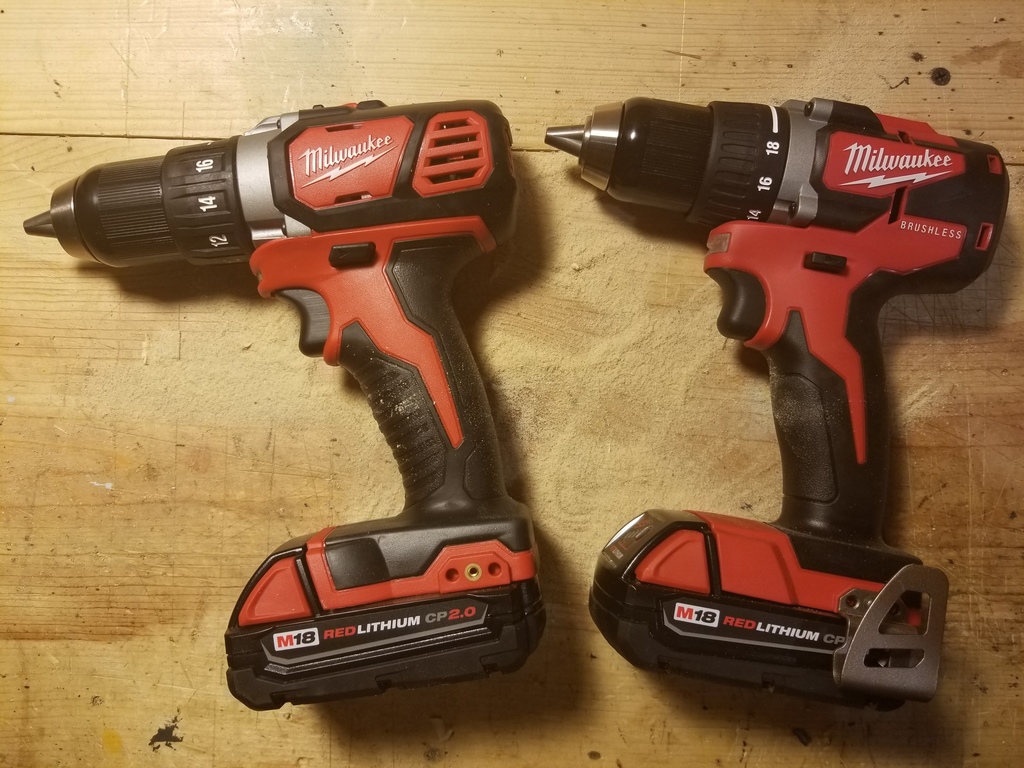

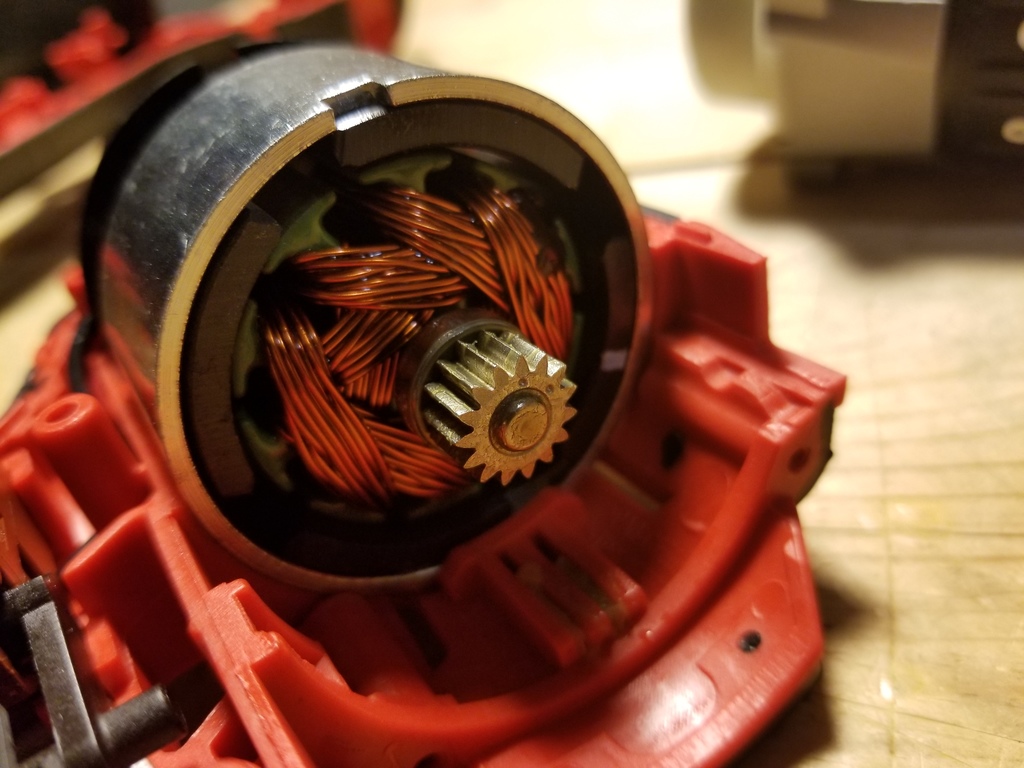
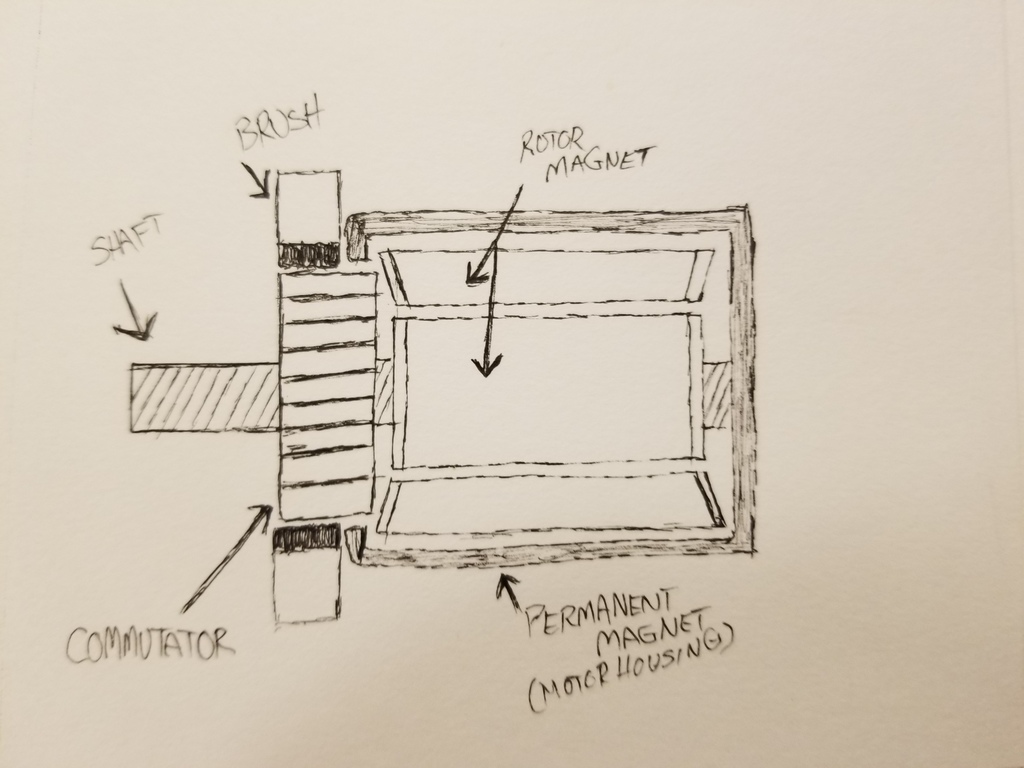
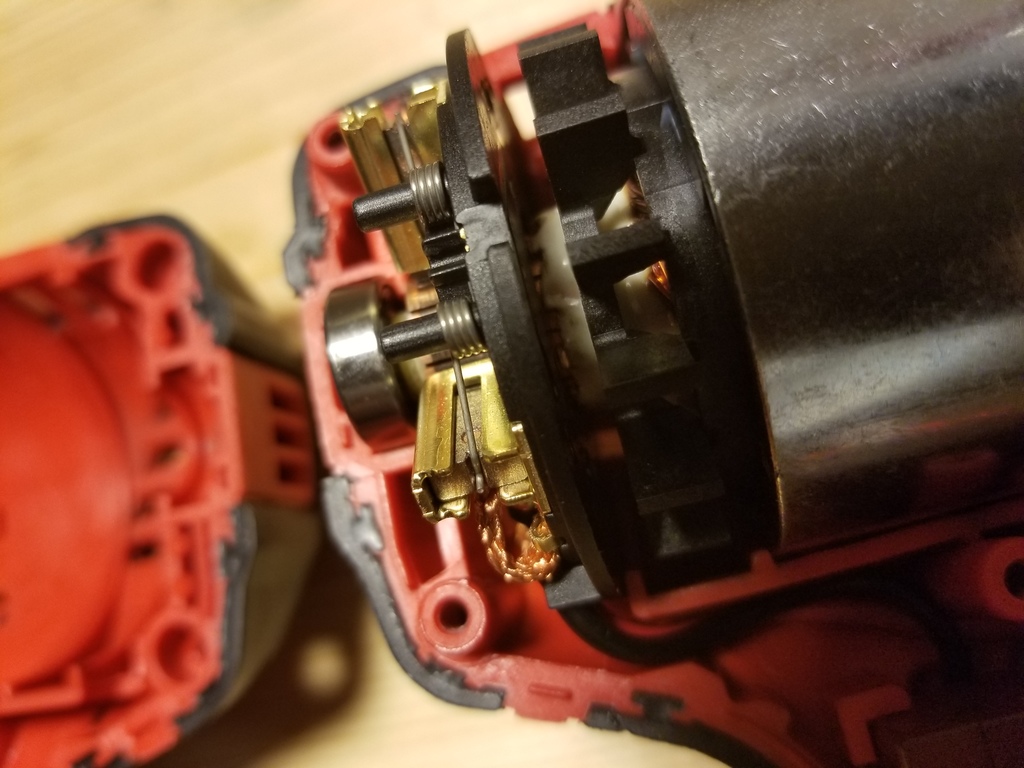
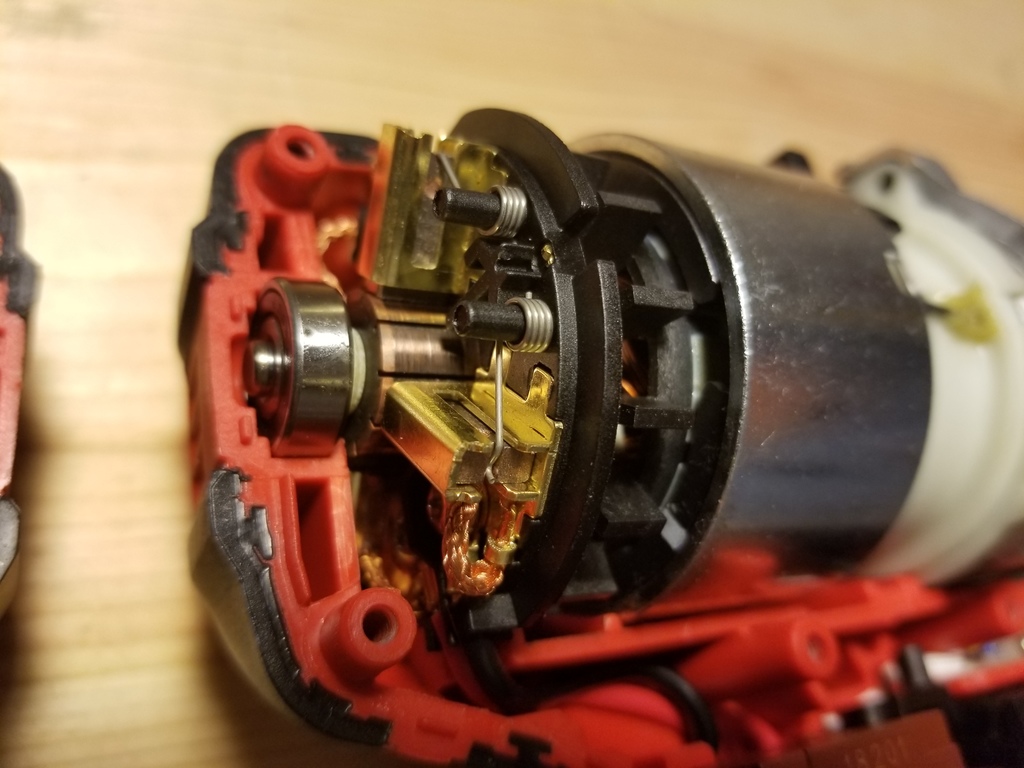
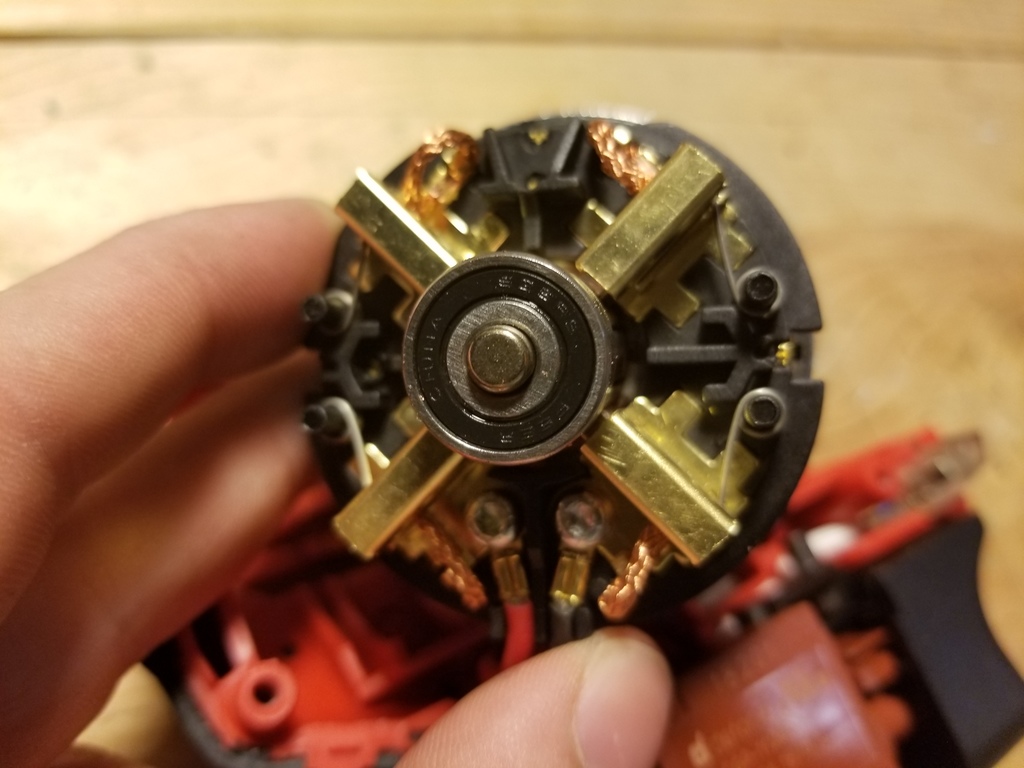
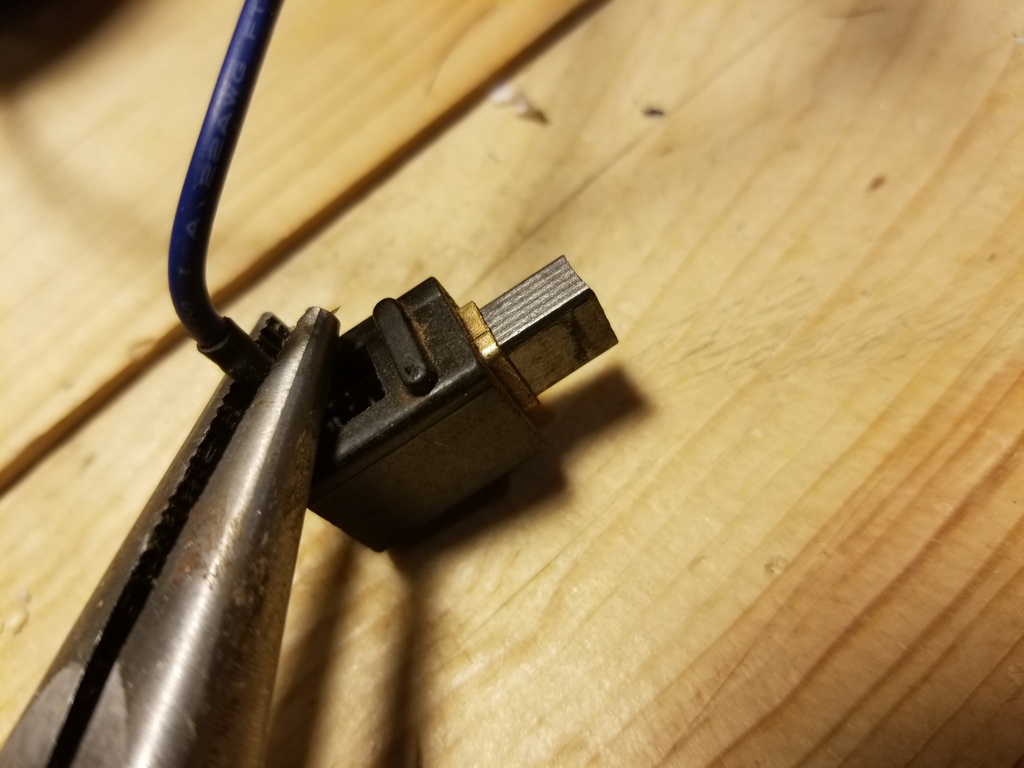
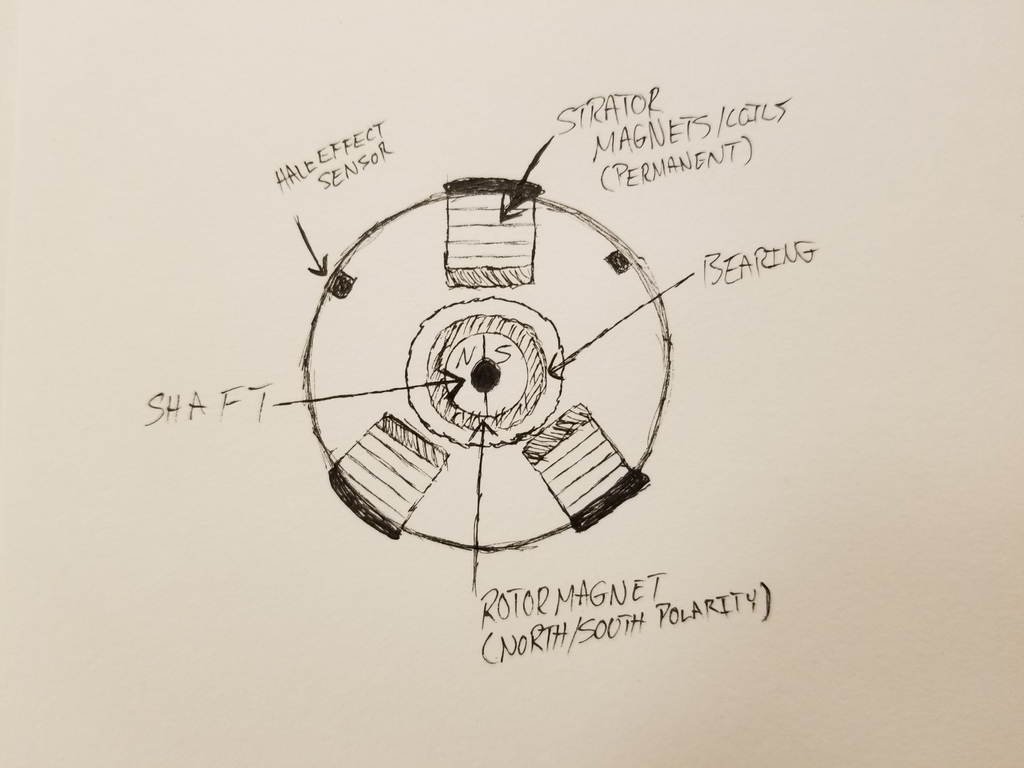
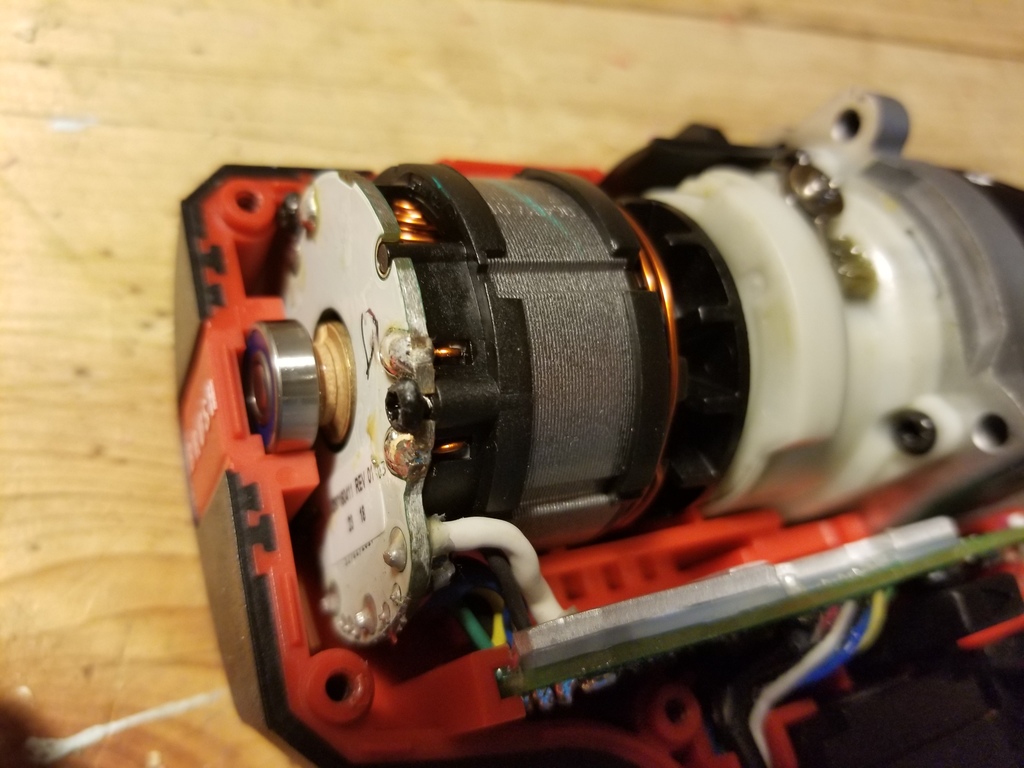
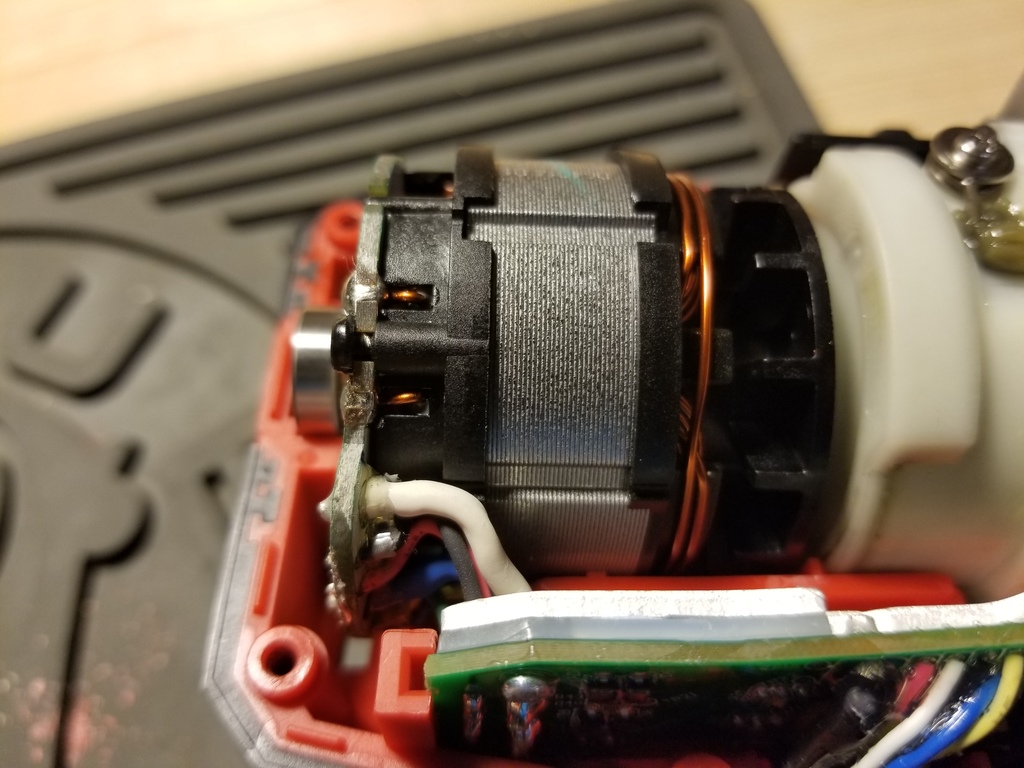
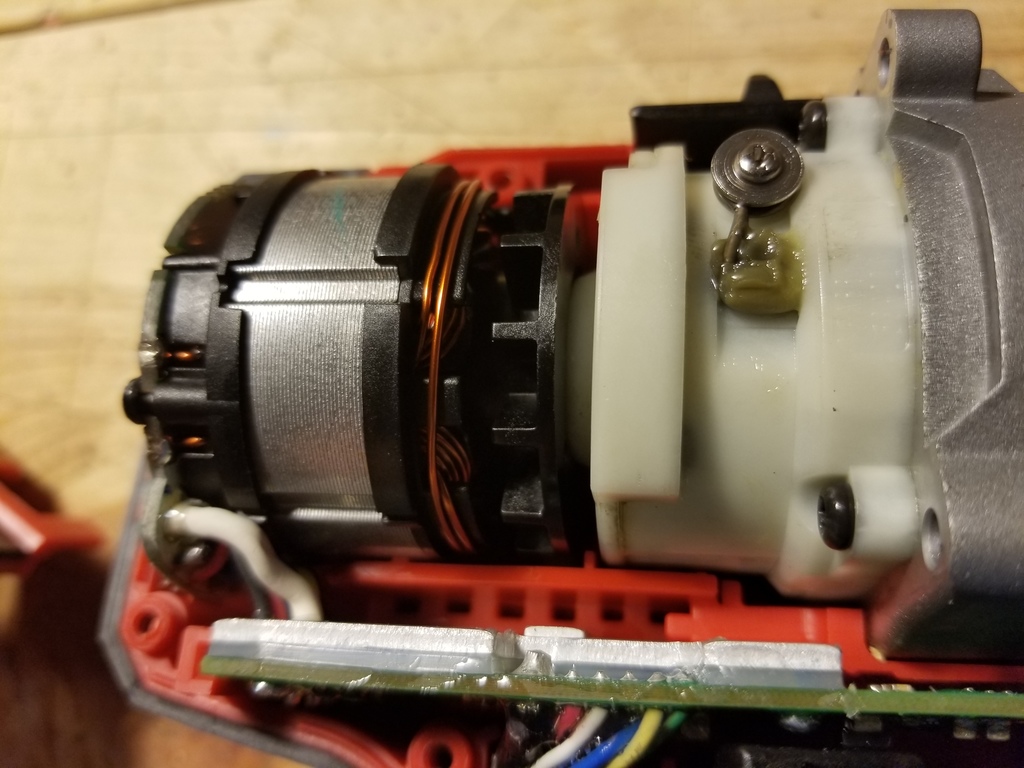
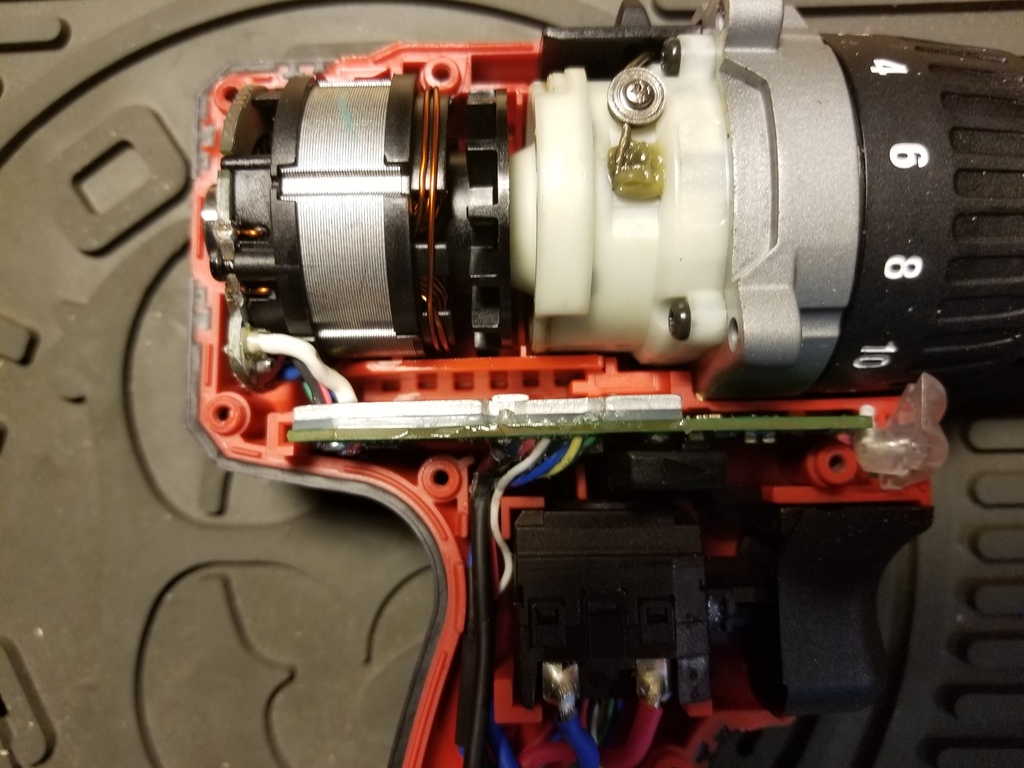
There appears to be only a $10 dollar difference in price between the two drills. I looked it up as I was curious because I am not seeing brushed tools at half the price of the brushless version. I think the cost difference is more like 25% or less. For an extra $10 or even an extra 25% I think the brushless version is well worth it unless you won’t be using the tool very much (homeowners).
The one thing about brushless is the electronics that control the operation of the motor tend to go bad faster then the brushes on a brushed motor, a high quality brushed motor is just as good as brushless motor, the only advantage the brushless motor gives is runtime when your drilling and cutting at one time otherwise there’s mot much difference
I have a bit of confusion between brushless vs brushed motor but after reading your post I got the point and fixed the difference between brushless and brushed motor. Thanks for such an important post.
I read out your article and spot the difference between brushless vs brushed motor. Now it’s easy for me to spot the difference between the two tools and properly use these two tools.
Thank you. Keep sharing!
The difference between brushless and brushed is not very clear to me, but I still have some clues after reading this article.